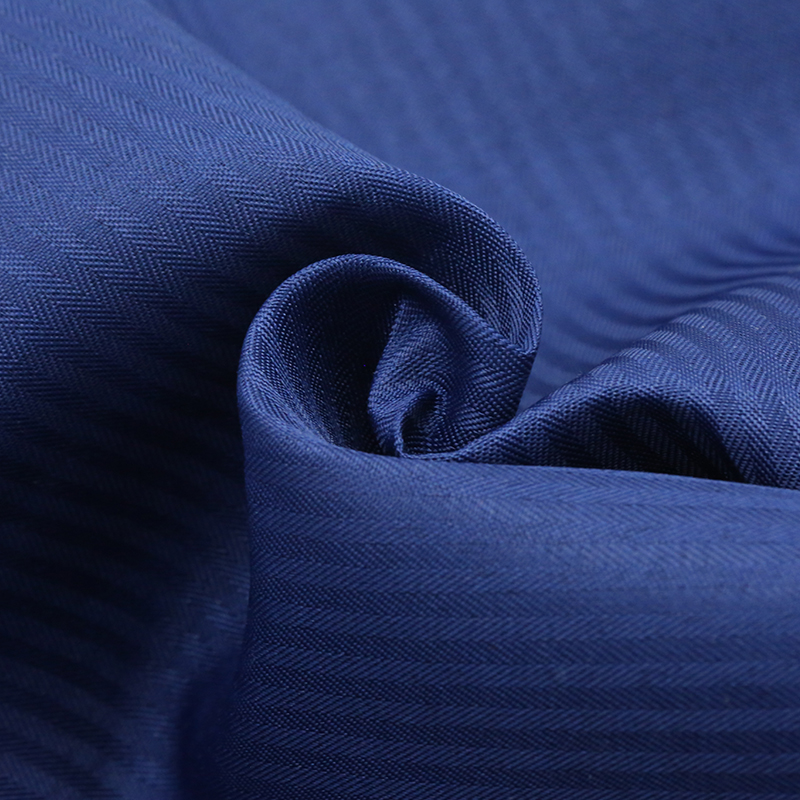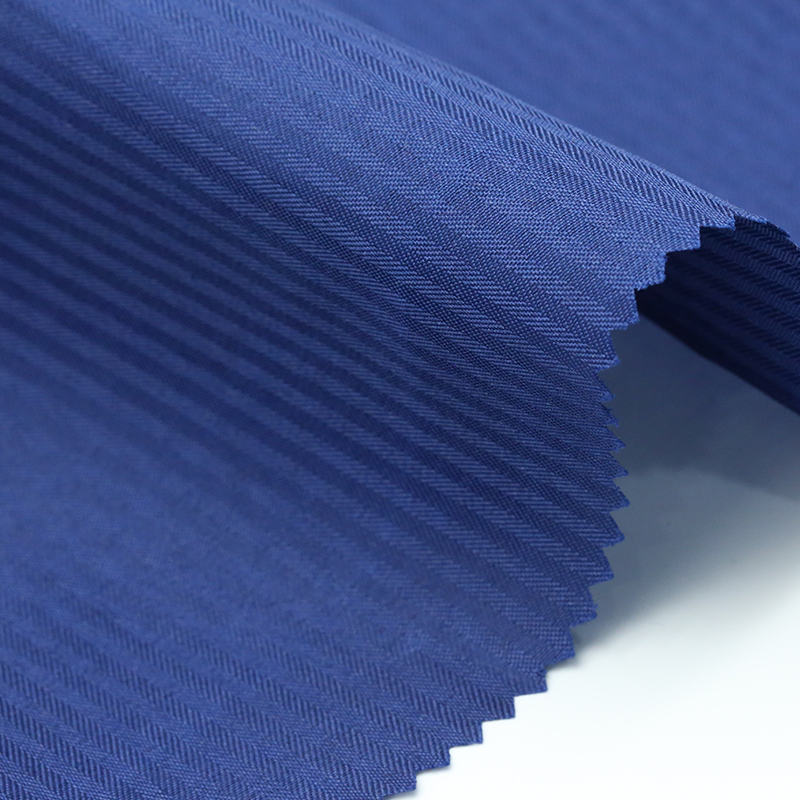Polyester Cloth: Durable & Affordable—Price per Meter?
What manufacturers really mean by polyester cloth in linings and pocketing
If you’ve ever turned out a jacket pocket and felt that crisp, clean polyester cloth, odds are you were touching the quiet workhorse of garment construction. To be honest, it’s not flashy—but it is dependable. I’ve spent enough time with mills and QC teams to know why brands keep coming back to this material: stability, price, and scale.

Flagship product snapshot
From Hebei’s textile corridor—Zhaoyuan Road, Zhao County, Shijiazhuang City—the 100% Polyester Lining Pocketing Fabric is a classic spec set for brands that want consistent handfeel and predictable yardage yield. Many customers say it hits that sweet spot: sturdy but still smooth enough for tailored pieces.
| Parameter | Spec (≈ real-world may vary) |
|---|---|
| Composition | 100% Polyester (PET) |
| Yarn Count | 100D × 100D |
| Density | 110 × 76 |
| Width | 58/59" |
| Weight | ≈80 gsm |
| Style & Finish | Herringbone; White, Dyed, Printed |
| Usage | Pocketing, Lining, Shirting, Uniform |
Process, QA, and service life
Raw material is PET chips, melt-spun into 100D filaments, then woven (plain or herringbone), scoured, set, and dyed/printed. For color consistency, good mills run dope-dye on request, though standard jet dyeing is the norm. I guess the bigger trend is tighter heat-setting to control shrinkage post-laundry.

Testing (typical lab data): Martindale abrasion ISO 12947 >25,000 rubs; colorfastness to washing ISO 105-C06 rating 4; colorfastness to rubbing ISO 105-X12 dry 4, wet 3–4; dimensional change AATCC 135 within ±2%; pilling ISO 12945 grade 3–4. Real-world use may vary with detergent and dryer heat settings. In uniforms and casual shirting, polyester cloth pocketing often survives 50–100 domestic launderings without delamination or severe fuzzing.
Certifications requested by brands: OEKO-TEX Standard 100 Class I/II, REACH SVHC compliance, and sometimes GRS if recycled variants are chosen. Factory audits (BSCI/SMETA) are commonly accepted.
Where it goes and why it works
- Pocketing and jacket linings: low bulk, stable weave, easy to cut.
- Workwear and school uniforms: abrasion resistance with tame shrinkage.
- Shirting interlining or light liners: breathability is okay; not clammy if finished right.
Advantages that keep polyester cloth in spec sheets: cost efficiency, dye reproducibility, crease resistance, quick dry. However, breathability can be middling versus cotton, so blends or perforated constructions are sometimes used.
Industry trends I’m seeing
- More dope-dyed colors to cut water/energy. - Digital print MOQs dropping (around 300–500 m) for seasonal graphics. - Anti-microbial and anti-static finishes creeping into innerwear and lab coats. - Lead times remain tight; Hebei mills are holding 15–25 days on repeats, which is surprisingly steady given dyehouse bottlenecks.

Vendor comparison (quick take)
| Vendor | Lead Time | MOQ | Certs | Notes |
|---|---|---|---|---|
| Hebei Mill (origin above) | ≈15–25 days | ≈1,000 m/color | OEKO-TEX, REACH | Tight color control; stable 80 gsm. |
| Regional Alt A | 20–30 days | 2,000 m | OEKO-TEX | Slightly wider price band; good printing. |
| Regional Alt B | 12–18 days (repeat) | 1,500 m | OEKO-TEX, GRS (on request) | Recycled option; watch lead times on GRS. |
Customization
Color (PANTONE lab dips ≈5–7 days), width 57–60", weight 70–100 gsm, herringbone/taffeta/twill, anti-static and anti-microbial finishes, and rotary or digital printing. For polyester cloth pocketing in lighter shirting, I recommend 70–75 gsm to avoid show-through.
Mini case notes
Uniform brand (SEA): switched to 80 gsm herringbone; returns for seam slippage dropped by ≈30% season-on-season after tighter heat-setting and a small tweak in stitch density.
Menswear label (EU): moved to dope-dyed black lining; color variance ΔE held under 1.0 across three dye lots—visibly cleaner inside finish, fewer QC holds.
References
- ISO 12947: Textiles—Determination of the abrasion resistance of fabrics (Martindale method).
- ISO 105-C06/X12: Textiles—Tests for color fastness to washing and rubbing.
- AATCC 135: Dimensional changes of fabrics after home laundering.
- OEKO-TEX Standard 100: Product Class I–IV requirements.
-
Hot Sale 180D CEY Crepe AirFlow Woven Fabric 100% PolyesterNewsNov.14,2025
-
Twill TR Fabric for Elastic Suits & Trousers, ShrinkproofNewsNov.14,2025
-
Grey Muslin Fabric — Soft, Durable, Bulk & Custom SizesNewsNov.14,2025
-
CEY Crepe Fabric, Plain Woven Airflow Polyester TextileNewsNov.14,2025
-
Wholesale Custom TR Fabric 80/20 Soft Arabic Thobe FabricNewsNov.14,2025
-
Polyester Cloth - Durable, Wrinkle-Resistant, Factory DirectNewsNov.05,2025
-
TR 80/20 Poly Viscose Twill Thobe & Suiting Fabric Easy-CareNewsNov.05,2025











